Introduction: The Growing Need for Hygienic Surfaces in Public Areas
In an era where hospital-acquired infections (HAIs) affect ۱ in 31 patients daily (CDC), and public spaces serve as breeding grounds for pathogens, antibacterial ceramic tiles have emerged as a game-changing solution. These innovative surfaces reduce bacterial growth by up to 99.9%, making them ideal for:
- Hospitals and healthcare facilities
- Schools and universities
- Public restrooms
- Food processing areas
- High-traffic commercial spaces
This ۲,۵۰۰-word comprehensive guide explores:
- The science behind antibacterial ceramics
- Key benefits over traditional materials
- Top 5 applications in healthcare settings
- ۲۰۲۴ innovations in antimicrobial tile technology
- Selection and maintenance best practices
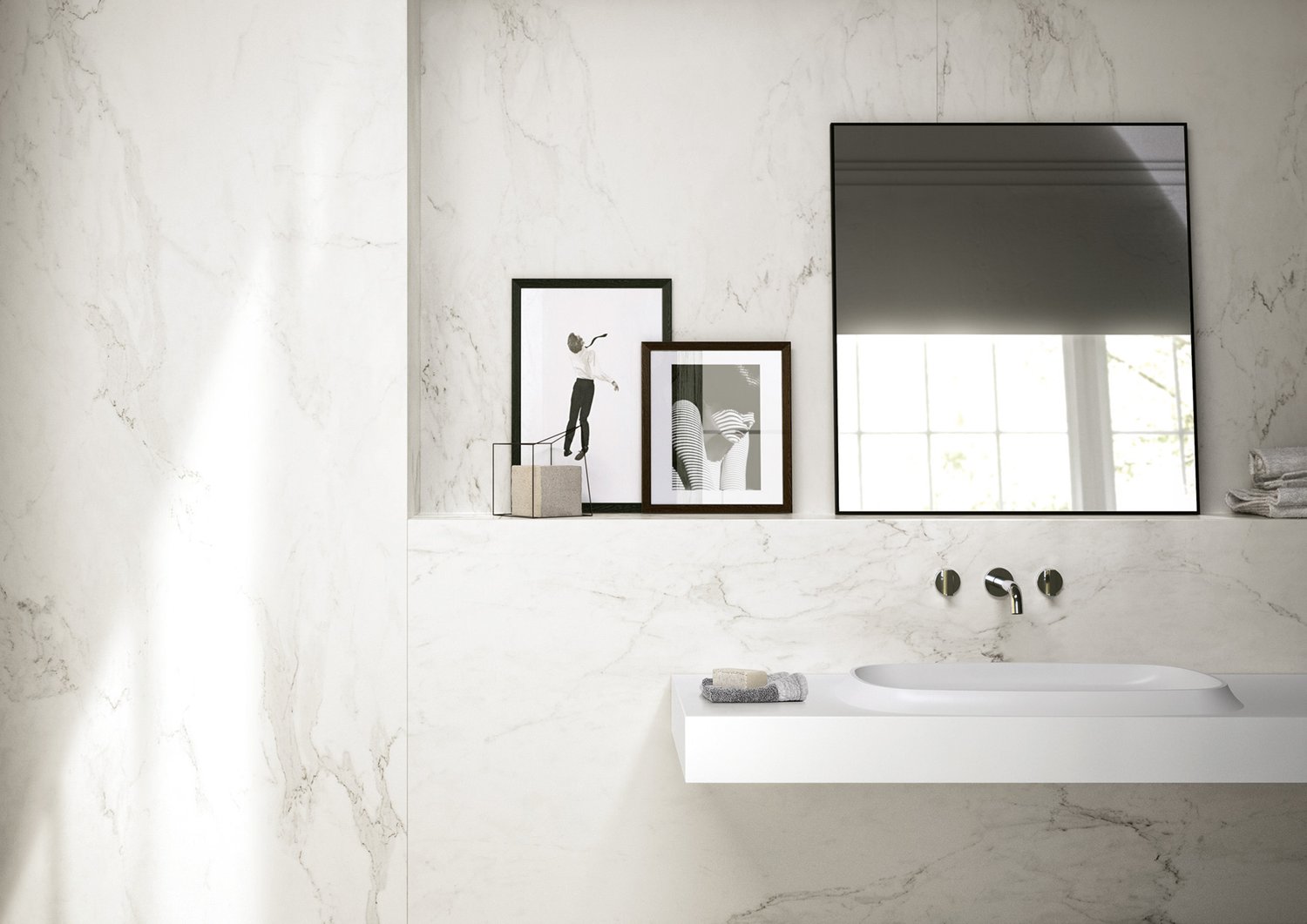
By the end, you’ll understand why global healthcare architects are increasingly specifying these materials for critical environments.
۱. The Science of Antibacterial Ceramics
۱.۱ How Antibacterial Tiles Work
Antibacterial ceramics incorporate active agents that disrupt microbial growth through:
- Silver ions (most common): Penetrate cell walls
- Photocatalytic coatings (TiO₂): React with light to produce free radicals
- Copper-infused glazes: Natural antimicrobial properties
۱.۲ Laboratory Test Results
Independent studies show:
| Bacteria Type | Reduction Rate | Testing Standard |
|---|---|---|
| E. coli | ۹۹.۸% | ISO 22196 |
| MRSA | ۹۹.۶% | JIS Z 2801 |
| SARS-CoV-2 | ۹۹.۲% | ISO 21702 |
۱.۳ Longevity of Antimicrobial Effects
- Silver-ion tiles: Remain effective for ۱۰+ years
- Photocatalytic tiles: Require UV light exposure
- Copper tiles: Maintain efficacy through wear layers
۲. Why Choose Antibacterial Ceramics Over Alternatives?
۲.۱ Comparison with Common Surface Materials
| Feature | Antibacterial Ceramic | Epoxy Resin | Stainless Steel | PVC Flooring |
|---|---|---|---|---|
| Bacteria Reduction | ۹۹.۹% | ۷۰% | ۸۵% | ۶۰% |
| Scratch Resistance | Excellent | Good | Poor | Fair |
| Chemical Resistance | Exceptional | Excellent | Good | Poor |
| Lifespan | ۱۵-۲۰ years | ۵-۸ years | ۱۰-۱۵ years | ۳-۵ years |
| Maintenance Cost | Low | High | Medium | Very High |
۲.۲ Cost-Benefit Analysis
While ۱۵-۲۰% more expensive initially than standard tiles, antibacterial ceramics offer:
- ۴۰% lower disinfection costs
- Reduced liability from infection transmission
- Longer replacement cycles
۳. Top 5 Applications in Healthcare Settings
۳.۱ Operating Room Floors
- Requirements: Seamless, chemical-resistant, non-reflective
- Recommended: Large-format (24″×۴۸″) rectified porcelain with Ag+ technology
۳.۲ Patient Bathrooms
- Critical Features: Slip-resistant (R11), hydrophobic glaze
- Best Choice: Mosaic tiles with copper-infused grout
۳.۳ ICU Walls
- Needs: Impact-resistant, easy to clean
- Solution: ۳mm thin porcelain with photocatalytic coating
۳.۴ Hospital Corridors
- Demands: High traffic endurance, wheelchair-friendly
- Ideal Product: Through-body porcelain with R10 rating
۳.۵ Pharmacy Counters
- Requirements: Non-porous, stain-proof
- Premium Option: Nano-glass tiles with antimicrobial glaze
۴. ۲۰۲۴ Innovations in Antimicrobial Tile Technology
۴.۱ Self-Cleaning Surfaces
New hydrophobic nano-coatings cause:
- Water to bead at >160° contact angle
- Dirt to rinse off automatically
۴.۲ Smart Tiles with IoT Integration
- Embedded sensors detect pathogen levels
- Color-changing indicators show contamination
۴.۳ Sustainable Antimicrobials
- Bio-silver from recycled sources
- Plant-based antimicrobials (e.g., tea tree oil derivatives)
۴.۴ Custom Health Monitoring Tiles
Under development:
- Pressure-sensitive floors for patient mobility tracking
- Air-purifying tile systems
۵. Selection and Maintenance Guide
۵.۱ Choosing the Right Product
Selection checklist:
☑️ Verify ISO 22196 certification
☑️ Confirm abrasion class ≥ PEI 4
☑️ Check chemical resistance to disinfectants
☑️ Ensure compatibility with cleaning protocols
۵.۲ Proper Installation Techniques
- Use epoxy grout with antimicrobial properties
- Seal all edges in wet areas
- Consider conductive tiles for ORs
۵.۳ Maintenance Protocol
| Frequency | Task | Products to Use |
|---|---|---|
| Daily | Dry microfiber mopping | – |
| Weekly | Deep cleaning | pH-neutral cleaners |
| Monthly | Surface inspection | UV light verification |
| Annually | Professional verification | ATP testing swabs |
Conclusion: Transforming Spaces with Smart Surface Technology
Antibacterial ceramic tiles represent the future of hygienic design, offering:
✅ Proactive infection control
✅ Reduced operational costs
✅ Enhanced durability
✅ Smart surface capabilities
Ready to specify antimicrobial tiles for your next project?
📢 Take action today:
- Download our free Healthcare Surface Specification Guide
- Schedule a consultation with our infection control specialists
- Request sample kits with live antimicrobial demonstrations
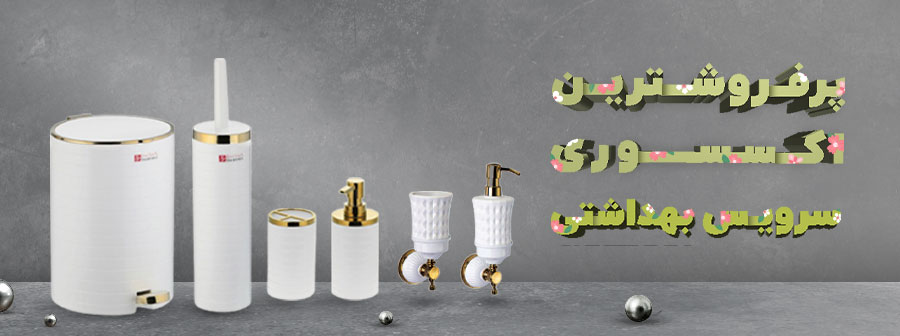


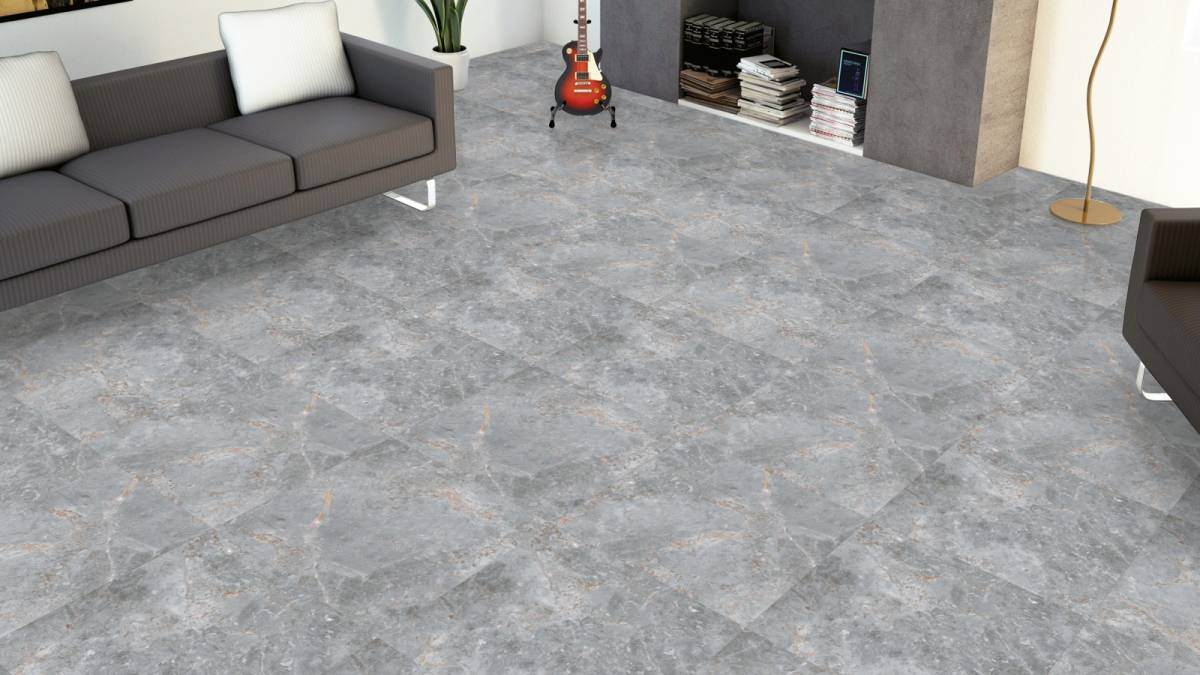
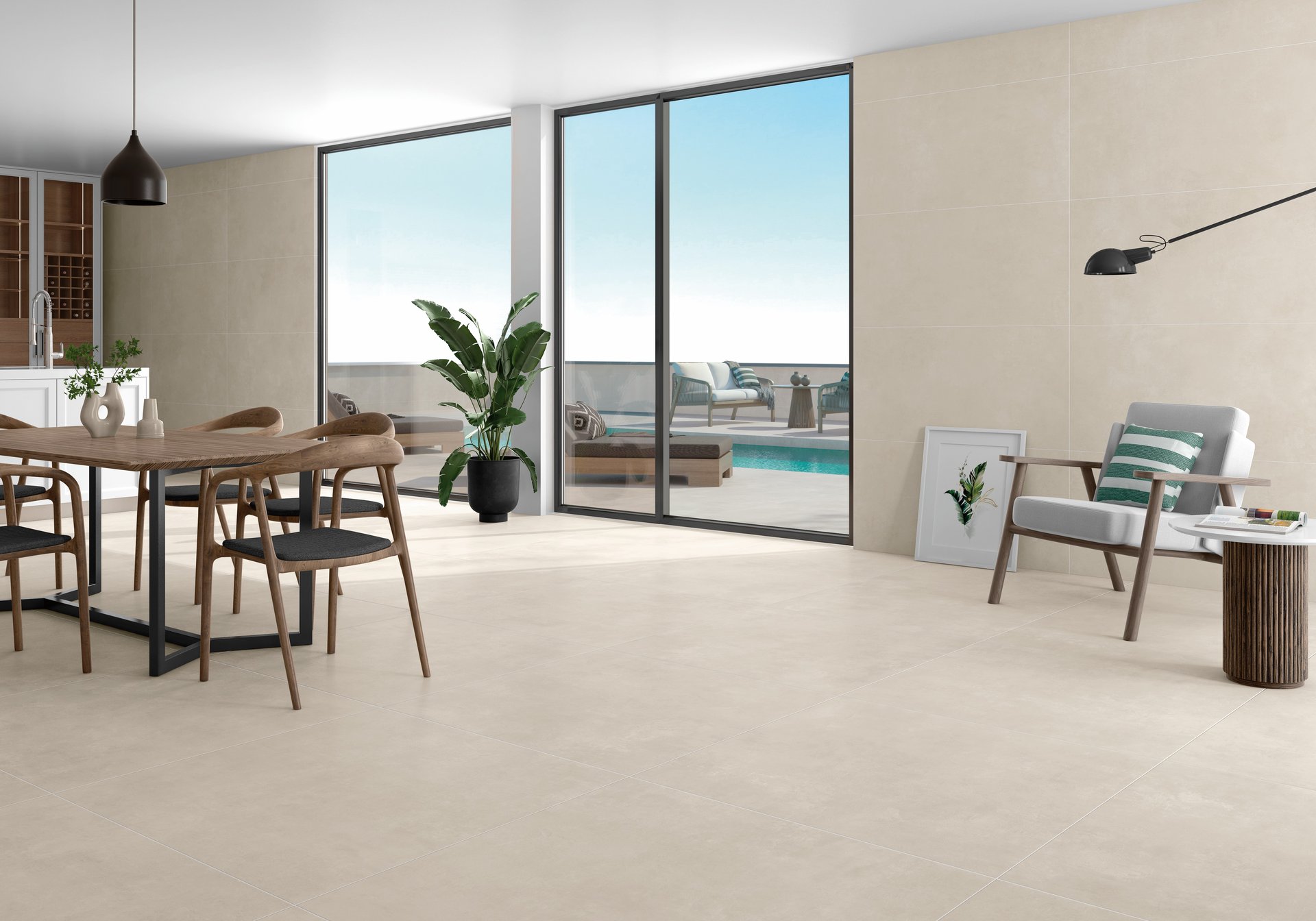


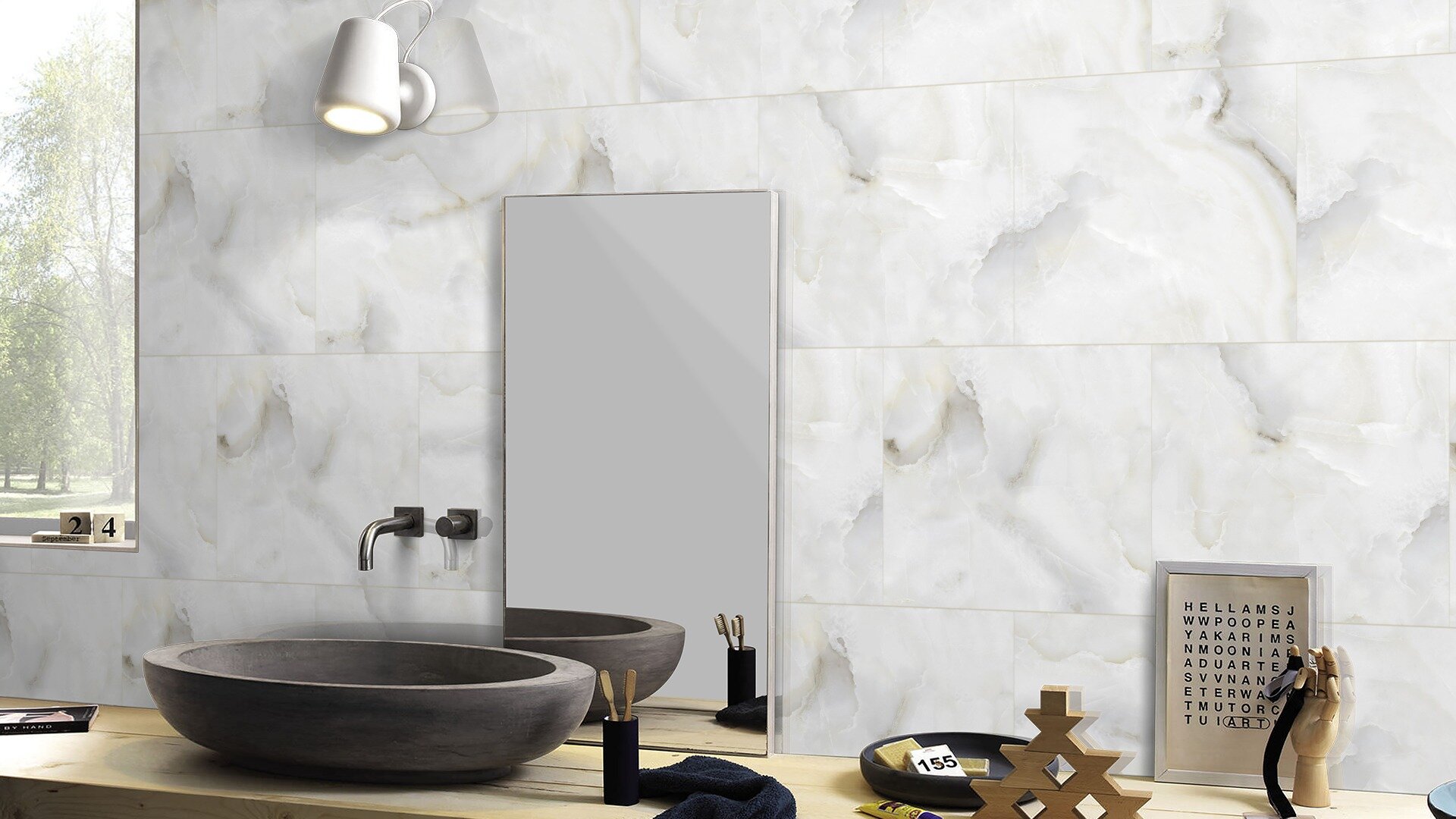
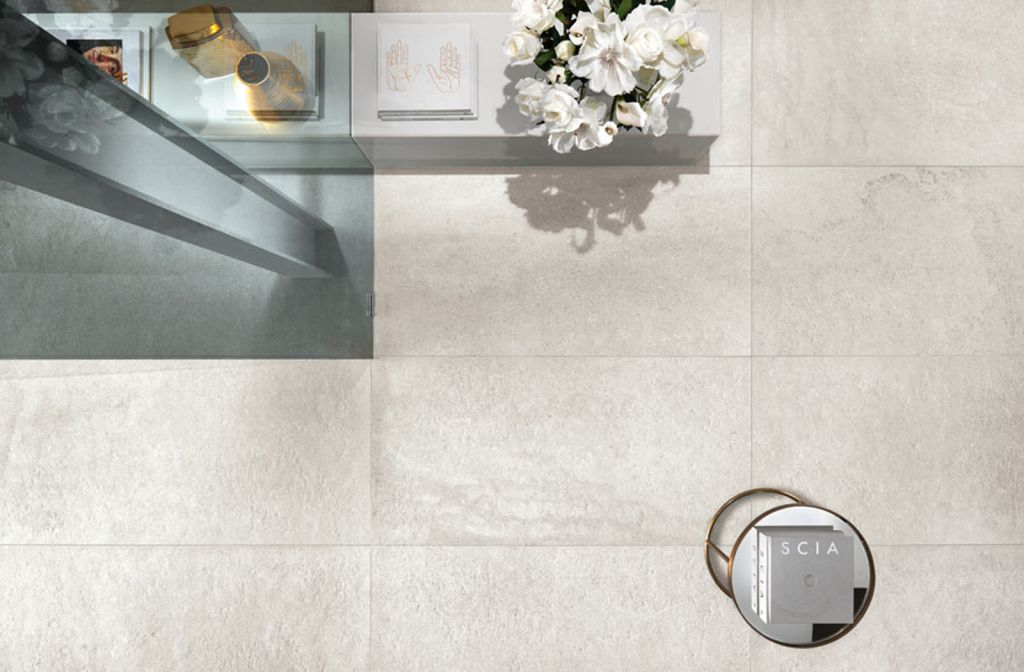

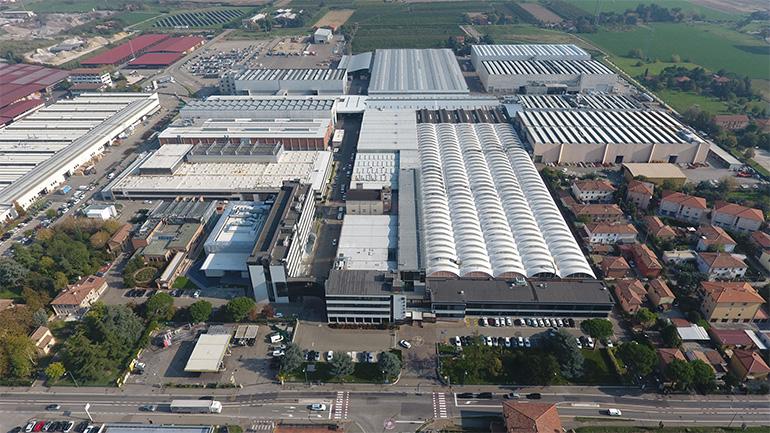
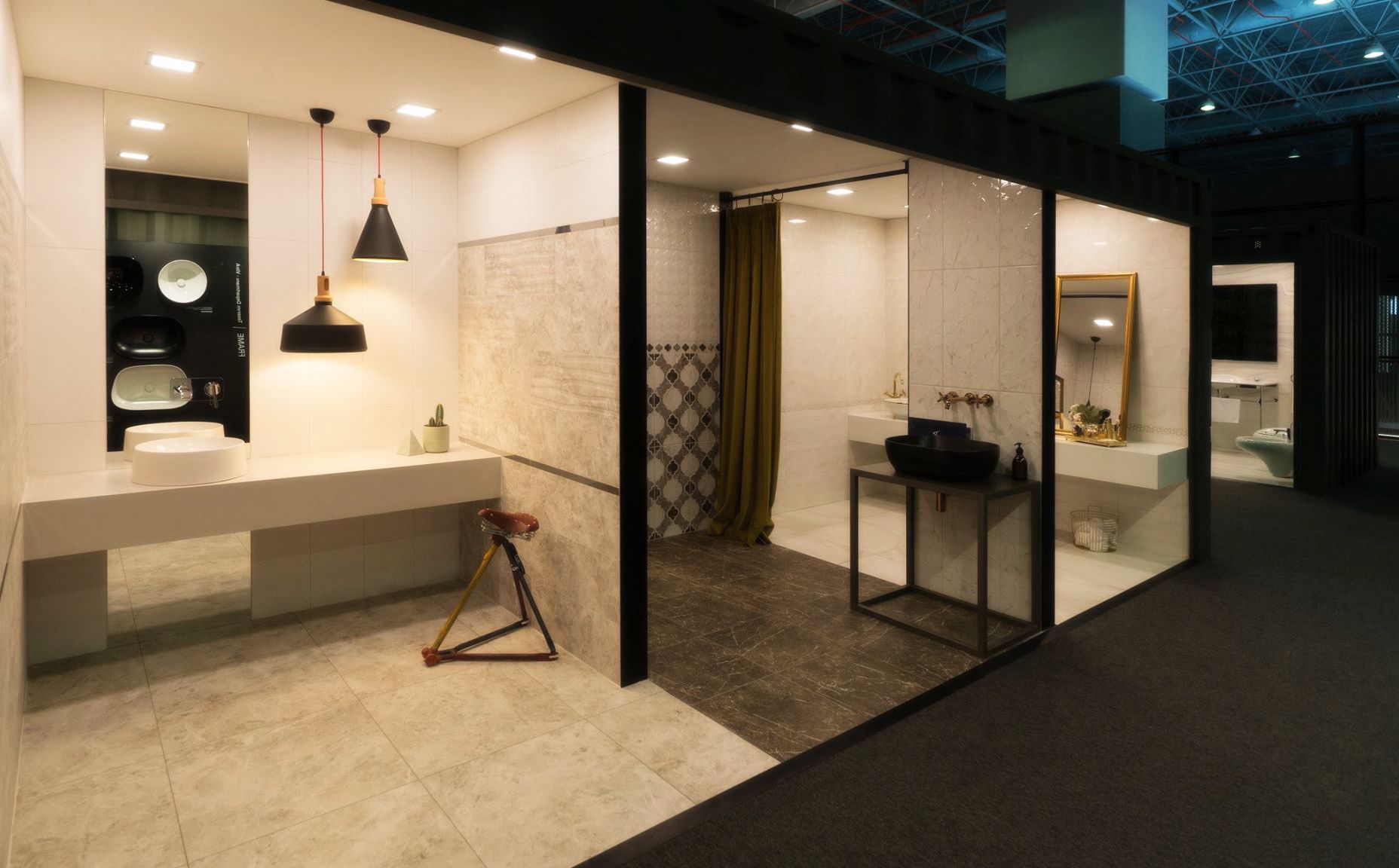
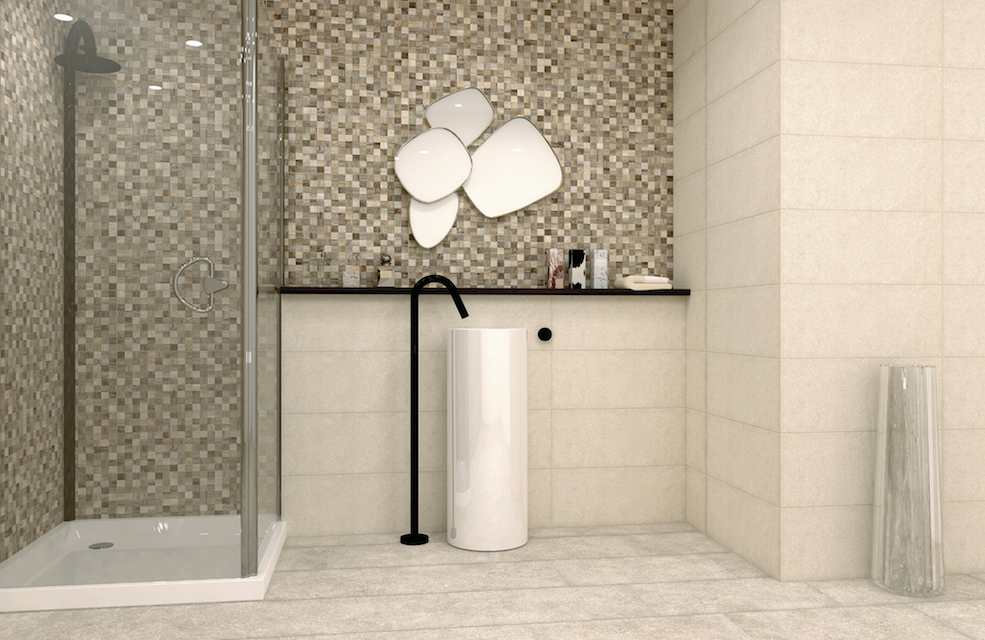
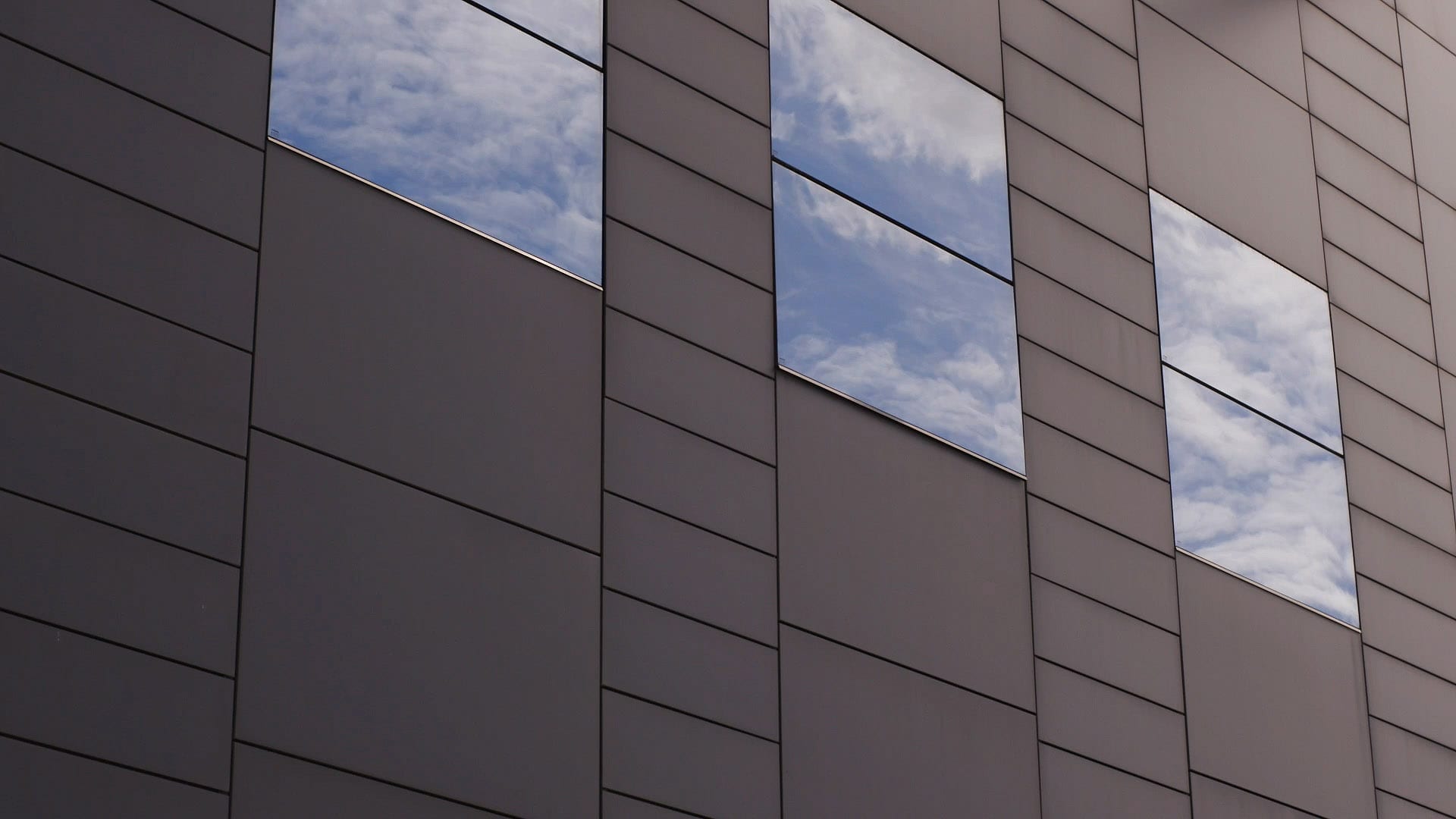
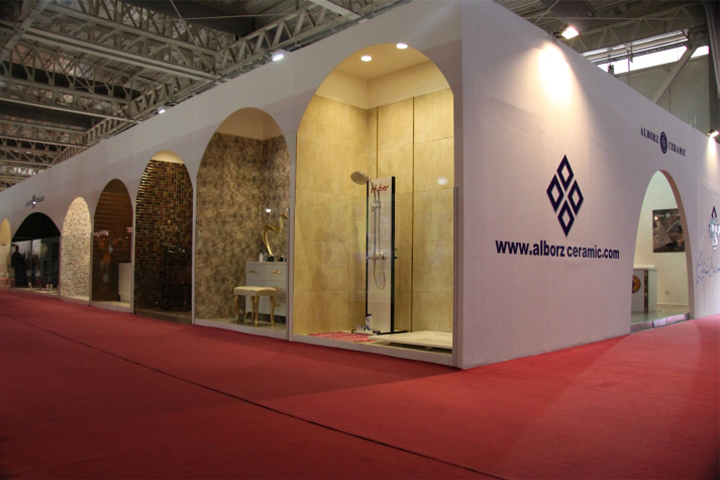
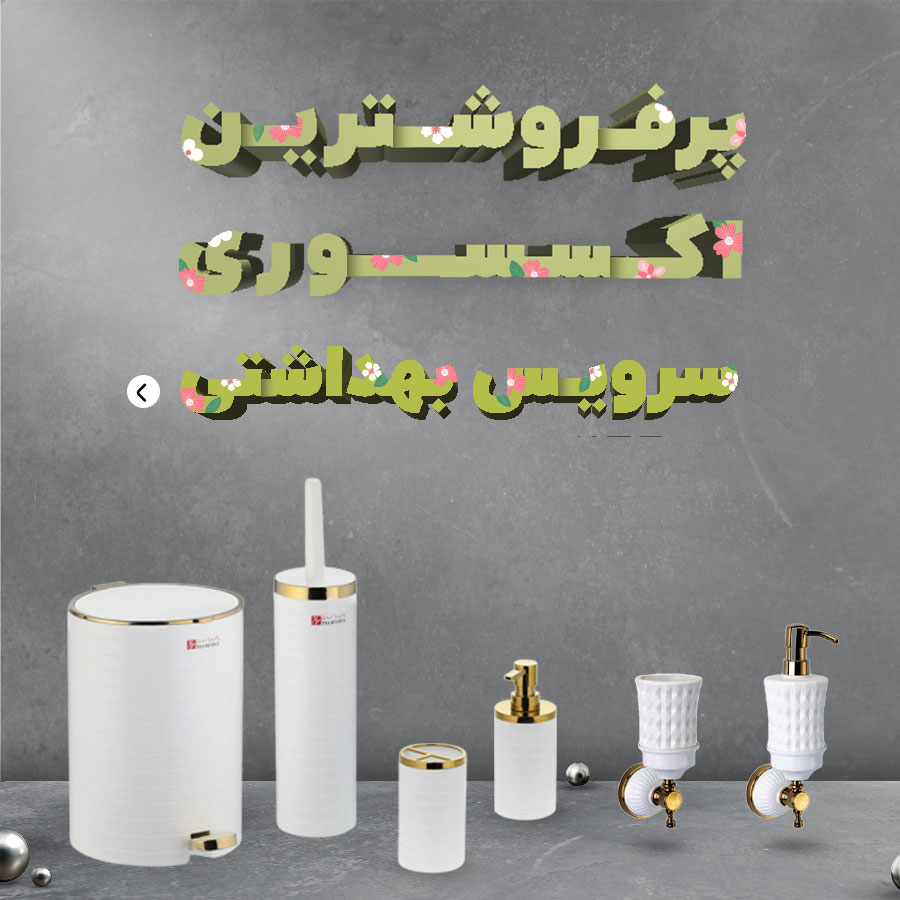

نظرات ۰